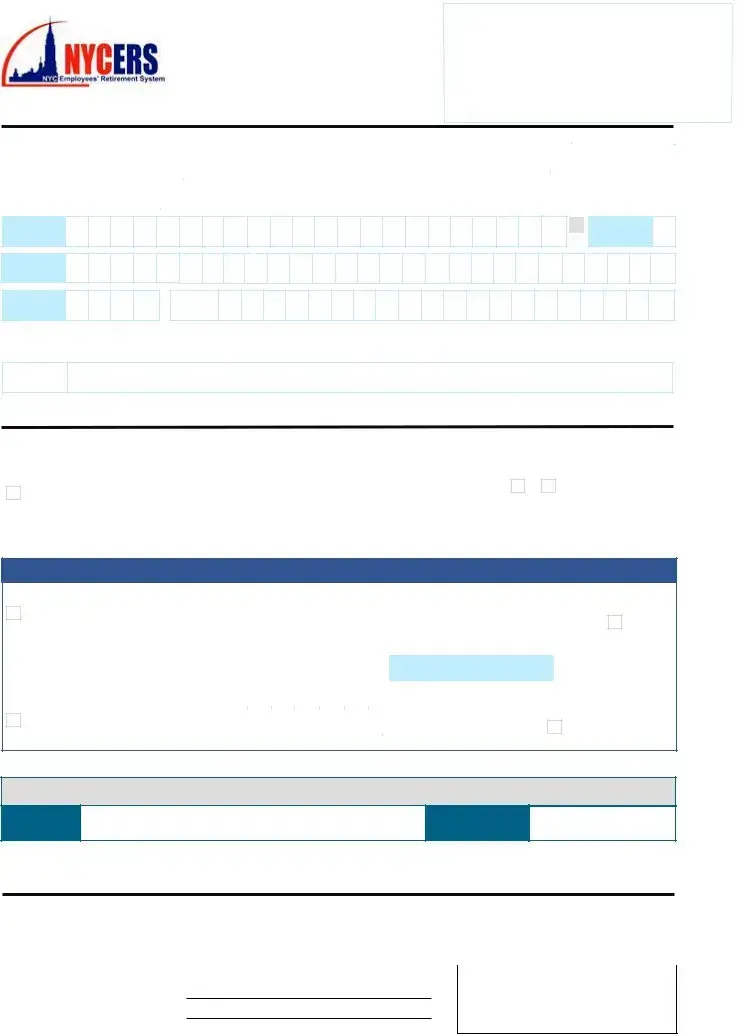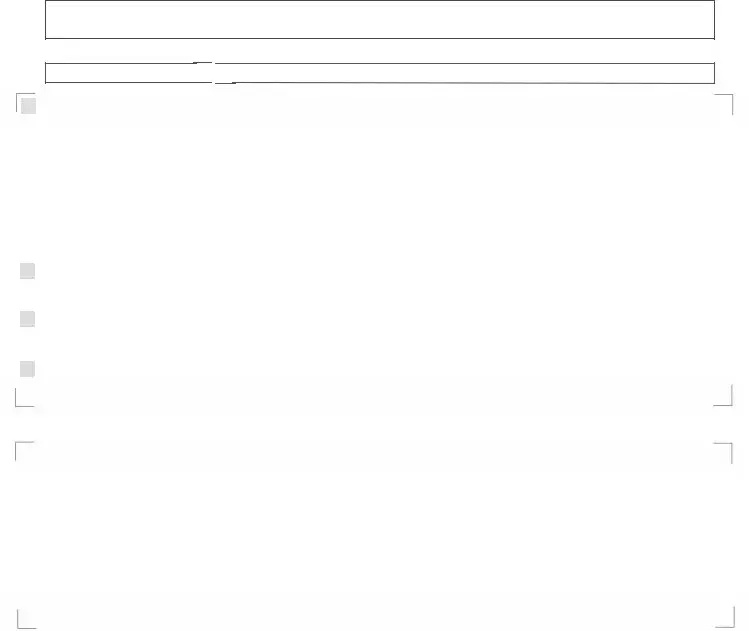The W-4P Form, officially known as the Withholding Certificate for Pension or Annuity Payments, shares a direct link to the NYCERS F349 form's primary function. Both documents allow individuals receiving pension payments to specify their preferences for federal income tax withholding. These forms prevent the need for pension recipients to adjust their tax withholding amounts later by accurately estimating and applying their tax rates to pension disbursements upfront. This proactive approach helps manage tax liabilities and ensures individuals are not caught off-guard by unexpected tax obligations come tax season.
Similarly, the W-4 Form, or Employee's Withholding Certificate, parallels the objectives of the NYCERS F349 form albeit in the context of employment income. While the F349 form is used by pension recipients to determine their tax withholding rate, the W-4 form performs the same role for employees. Both documents require individuals to declare their filing status, number of allowances, and any additional amount they wish to have withheld. The key difference lies in the type of income each form pertains to, yet their underlying purpose to streamline tax withholding processes remains unified.
The Form 4852, Substitute for Form W-2, Wage and Tax Statement, or Form 1099-R, mirrors the NYCERS F349 in its relevance to reporting income and managing tax withholdings, albeit under different circumstances. While the F349 form is conducted voluntarily by the pension recipient to adjust withholdings, Form 4852 is utilized as a substitute when an individual does not receive a W-2 or 1099-R form. Although employed under distinctive conditions, both advocate for accurate income reporting to the IRS and ensure the taxpayer's compliance with federal tax regulations.
The IRS Form 1040-ES, Estimated Tax for Individuals, similarly echoes the proactive nature of the NYCERS F349 form. Taxpayers use Form 1040-ES to pay estimated taxes on income that is not subject to withholding taxes, like earnings from self-employment, interest, dividends, and other sources. By contrast, the F349 form pertains to adjusting withholdings on pension income specifically. Both forms cater to the necessity of managing tax payments in advance, thereby preventing underpayment penalties and ensuring that taxpayers meet their tax obligations efficiently.
The State Tax Withholding Forms, which vary by state, offer a counterpart to the NYCERS F349 form on a state level. While the F349 form allows pension recipients to adjust their federal tax withholding, these state-specific forms enable adjustments to be made for state tax withholdings. The essence of both forms lies in giving individuals the control and flexibility to manage their tax liabilities based on their personal financial situations and preferences. By providing this option, the forms play integral roles in the broader framework of tax planning and compliance.



 2
2  3
3 4
4
 5
5 6
6 7
7 8
8 9
9
 0
0
 A
A  B
B C
C D
D E
E F
F G
G
 H
H I
I  J
J  K
K L
L  M
M N
N O
O  P
P Q
Q
 R
R  S
S T
T  U
U
 V
V  W
W X
X  Y
Y  Z
Z